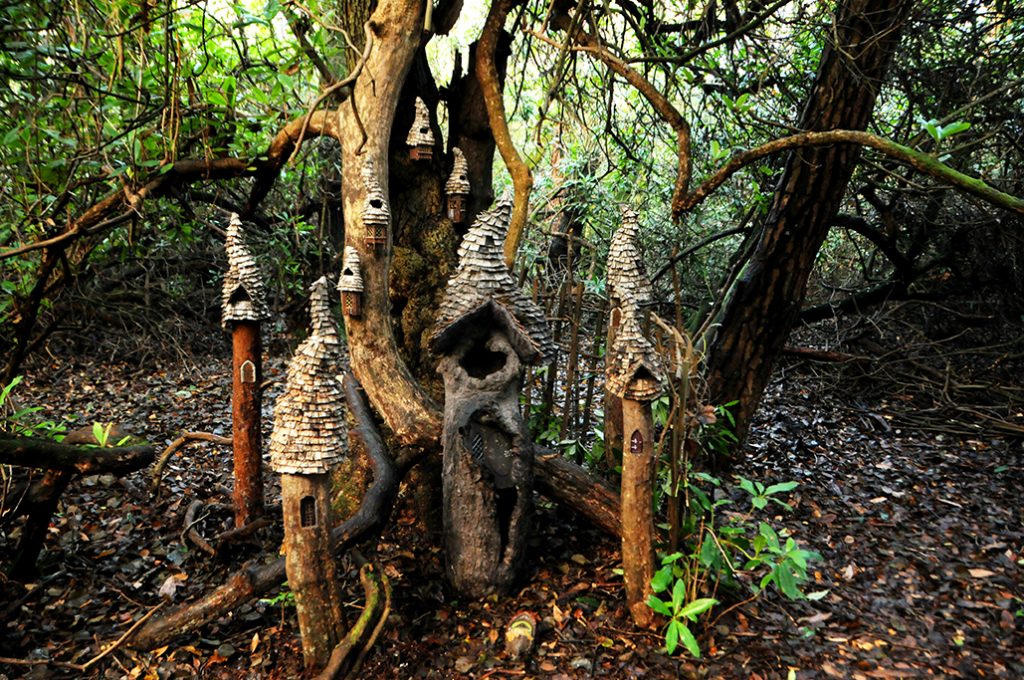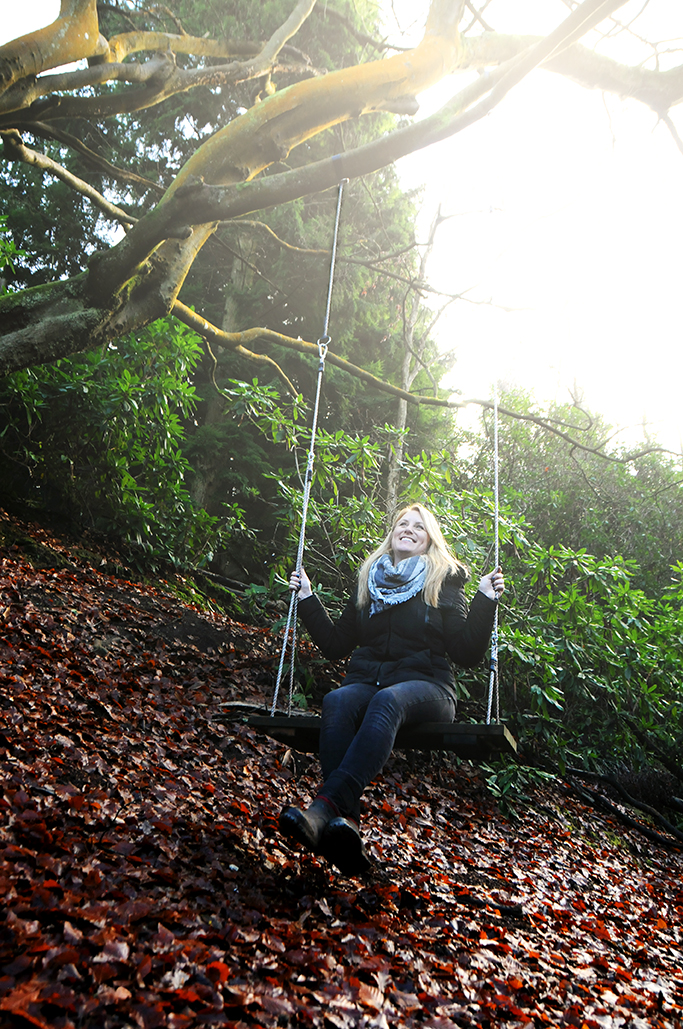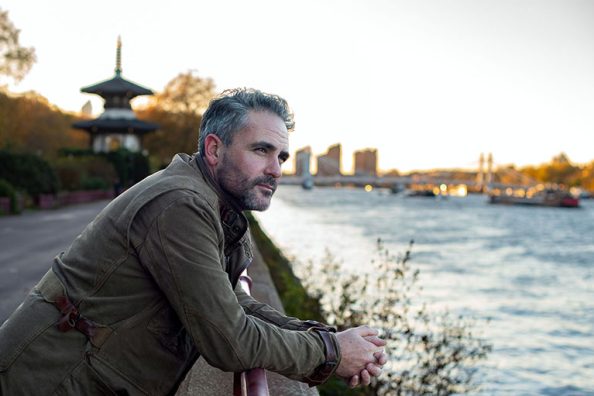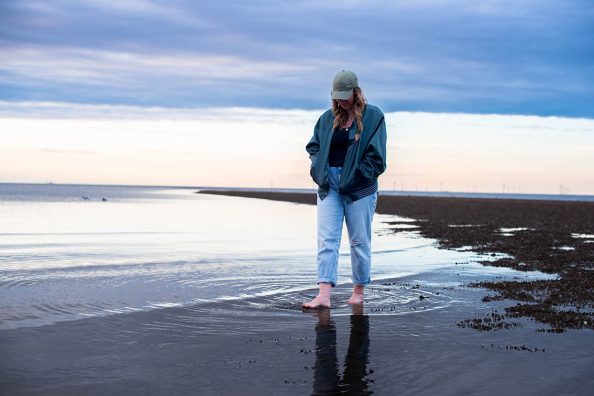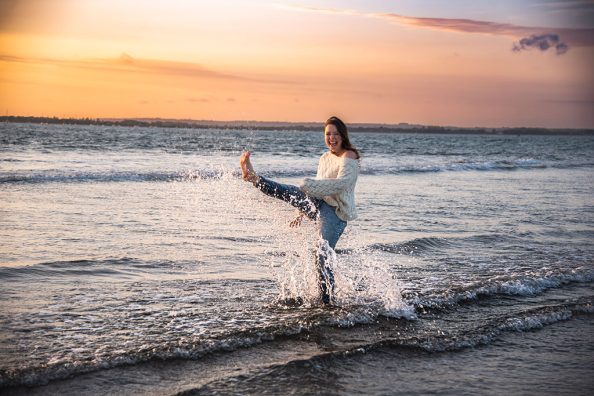I love hearing people’s stories.
Everyone has one.
Many people think that their story isn’t that interesting…or they think that nobody would be interested in hearing about it.
They’re so wrong!
The journalist-in-me has had this lady on my radar for a while. Two years ago she set up Little Forest Adventures in the Eversley woods. In Autumn this year, I took my daughter along to see what it was all about, and I got talking to the founder, Elizabeth Reid. I was intrigued by her story and encouraged her to share it on her website. Her words, “I’m never sure, or confident, that people are interested!”
They are!
I am!
And so Liz told me all about her journey, how her Forest School evolved from her love of making fairy houses, and about everything she had learned along the way. It is absolutely fascinating…
Do you have a story? The world needs to hear it…and if you get me to take some great photographs to go with it, even better 😉
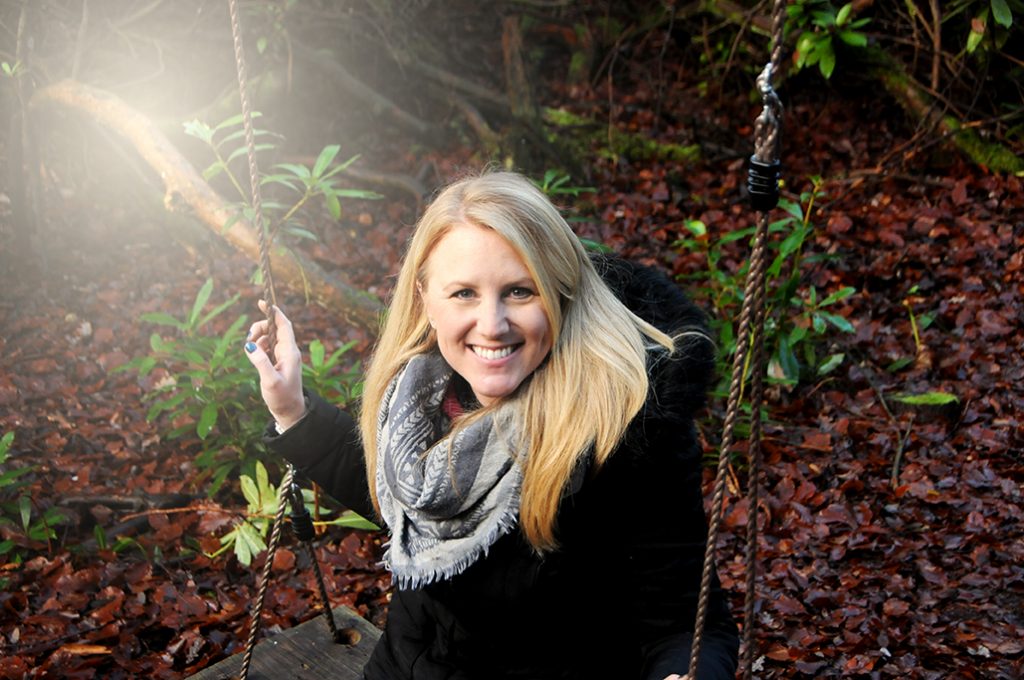
Liz’s journey:
“…the school asked me to set my fairy houses up in the local woodland for the children to find…”
“Prior to getting involved with Forest School, I spent 5 years making and selling fairy houses out of naturally hollowed logs. When my eldest daughter started primary school, the school asked me to set my fairy houses up in the local woodland for the children to find during a whole school Christmas trip to the woods!
I set them up and then sat back waiting for the children to arrive and discover the houses.
The squeals of excitement, awe and wonder as they kept spotting fairy houses was magical in itself! It was then that I decided that was the route I wanted to go down with my houses.
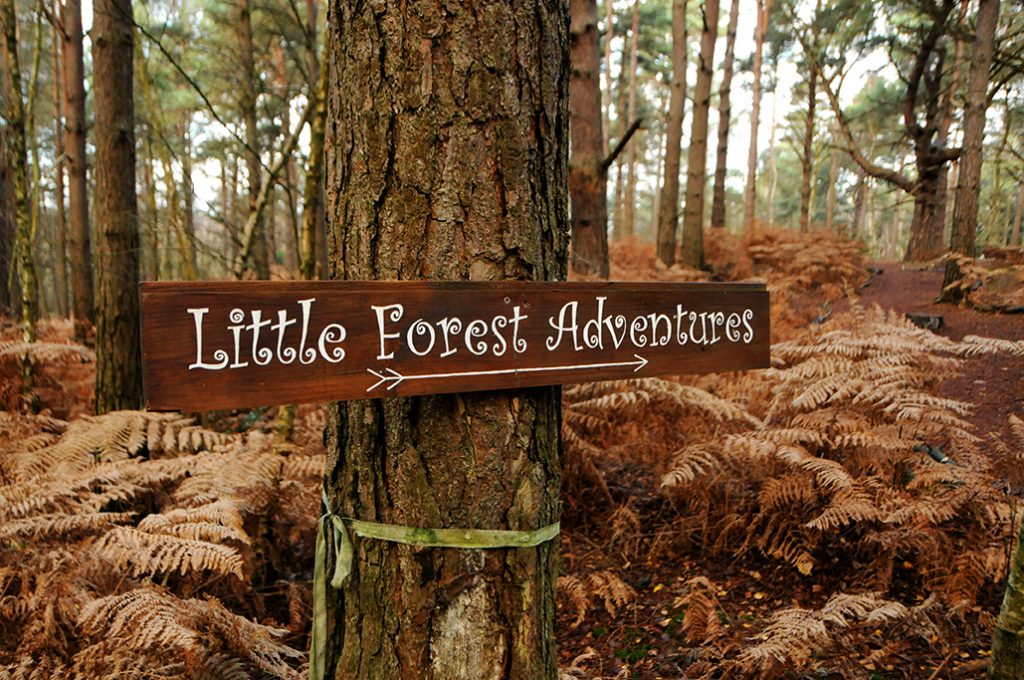
“I could instantly relate to the benefits of all of us spending time outdoors…”
I researched courses that would qualify me to run activities in the woods and have campfires. That is when I discovered Forest School!
The ethos of learner led discovery amongst the natural environment was so refreshing and struck a real chord personally as my two children were starting their journeys in education.
I could instantly relate to the benefits of all of us spending time outdoors. For me, it was calming, refreshing and invigorating and for my girls, it provided respite from the classroom environment, free of four walls, better acoustics, sensory stimulation and freedom to move in any way the urge takes them!
The training delved deep in to my own relationship with nature and I realised that during the days when I worked on my portfolio in our office, facing a wall, my productivity was limited. But if I worked on it in the garden, or went for a walk, I found it so much easier for the ideas to flow. If this is how I felt, it can’t be any different for children in a classroom.
By the time I had finished my training, I was in love with Forest School and decided I could combine the two projects. Little Forest Adventures is coming up to its second year and the magical woodland with the fairy houses is almost complete!
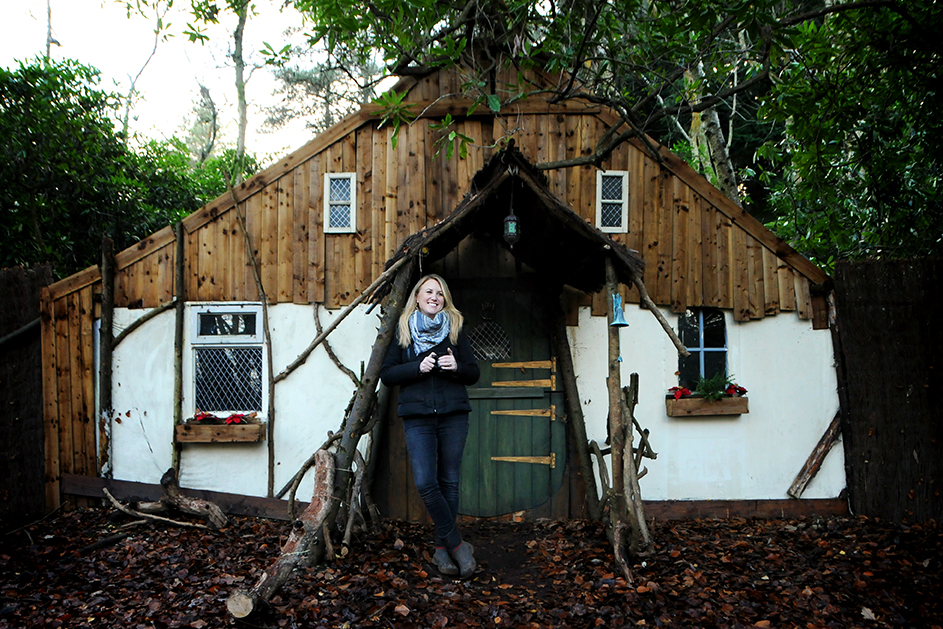
What I’ve learnt:
Children are more resilient to the weather than we give them credit for! On a rainy day they look for the puddles to jump in or ways to collect water to play with. They learn their negative response to it from adults as they look to us for cues in behaviour.
I once read that the difference between childhood and adulthood is whether you view a puddle as an opportunity or an obstacle!
The vast majority of adults are excellent at dressing children in the appropriate clothing for outdoors – warm layers, waterproofs and wellies – but they shouldn’t forget to do the same! There is something quite exhilarating at being able to get down on the ground with your child when you’re playing with them outside. When the distraction of getting wet or dirty is taken away, a deeper level of learning and connection will immediately follow.
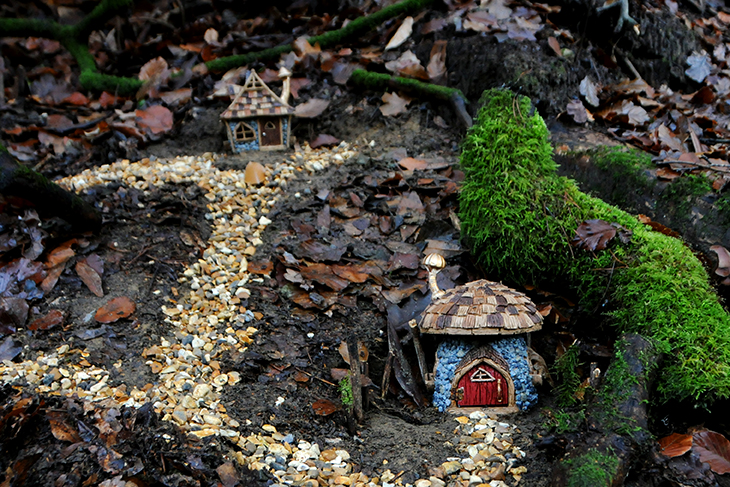
Children get an incredible amount of sensory input from the natural environment. Sounds, sights, smells, touch, it’s all there in abundance for them!
If we allocate time to spend outdoors with children, let the child take the lead! They dawdle because they are experiencing the world with fresh eyes and ears! The more we embrace it, the more we form a mutual connection with the environment.
Children are natural explorers! The most popular activities at forest school are digging, bug hunting and physical interaction, such as climbing, running, balancing, swinging, sliding. Whether you’ve got the tools to hand or not, the forest provides the opportunities for whatever a child is seeking.
Children interact better when they’re outdoors together. Whether they are different ages or different abilities academically, the forest is a level playing field. Every child has something to bring.
I once attended a session that included a 9 year old boy with Sensory Processing Disorder. At school he would crumble the bread from his sandwiches to get the sensory input he was seeking. The other children found this hard to understand and the behaviour was in an inappropriate situation. At Forest School he sought the input by crumbling an old, rotting log. It looked like such a satisfying activity that other children joined in, learning the technique from him. It was wonderful to observe and required no interaction from the adults in the session. Imagine the boost it must have given that little boys self-esteem!
